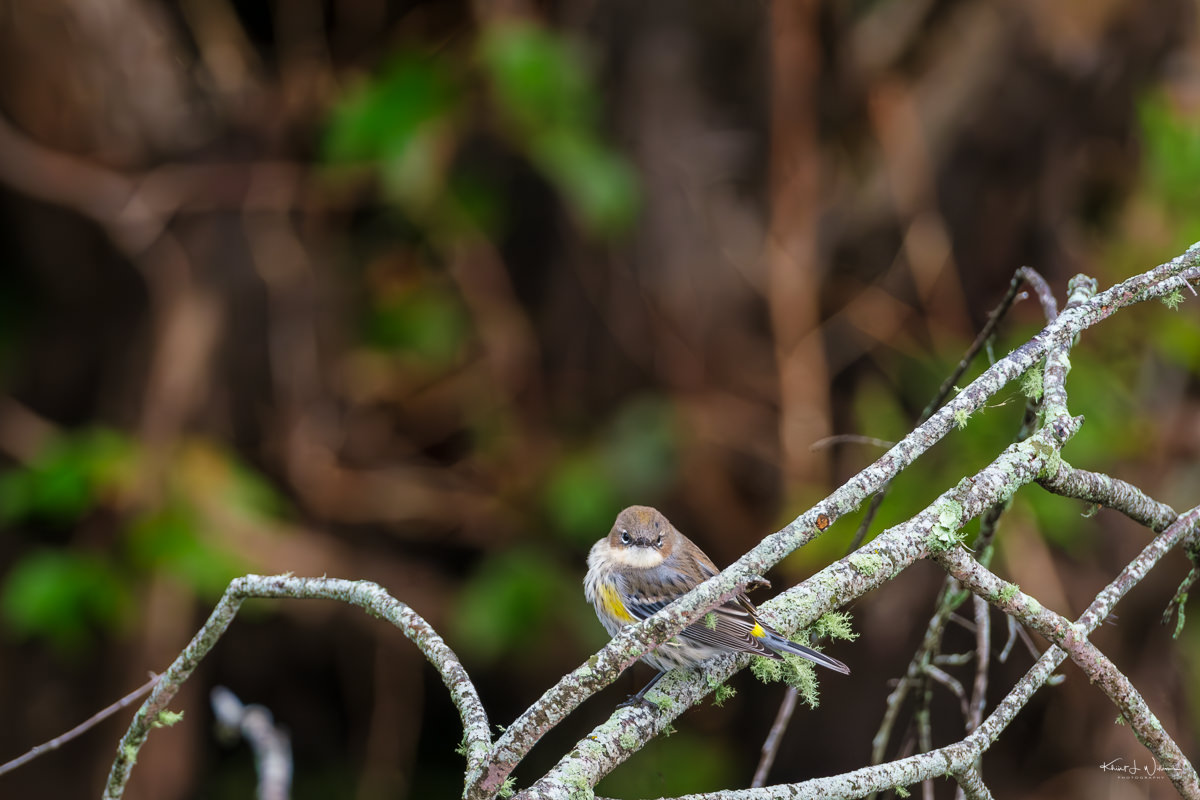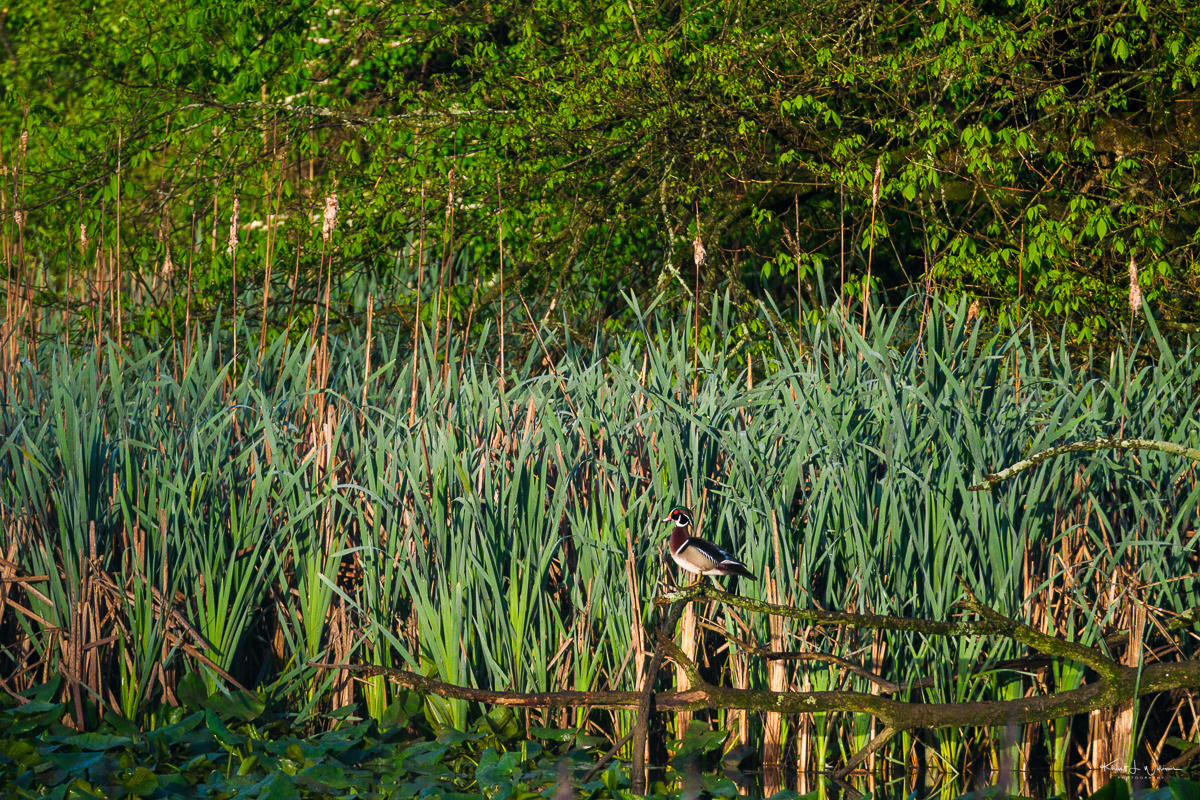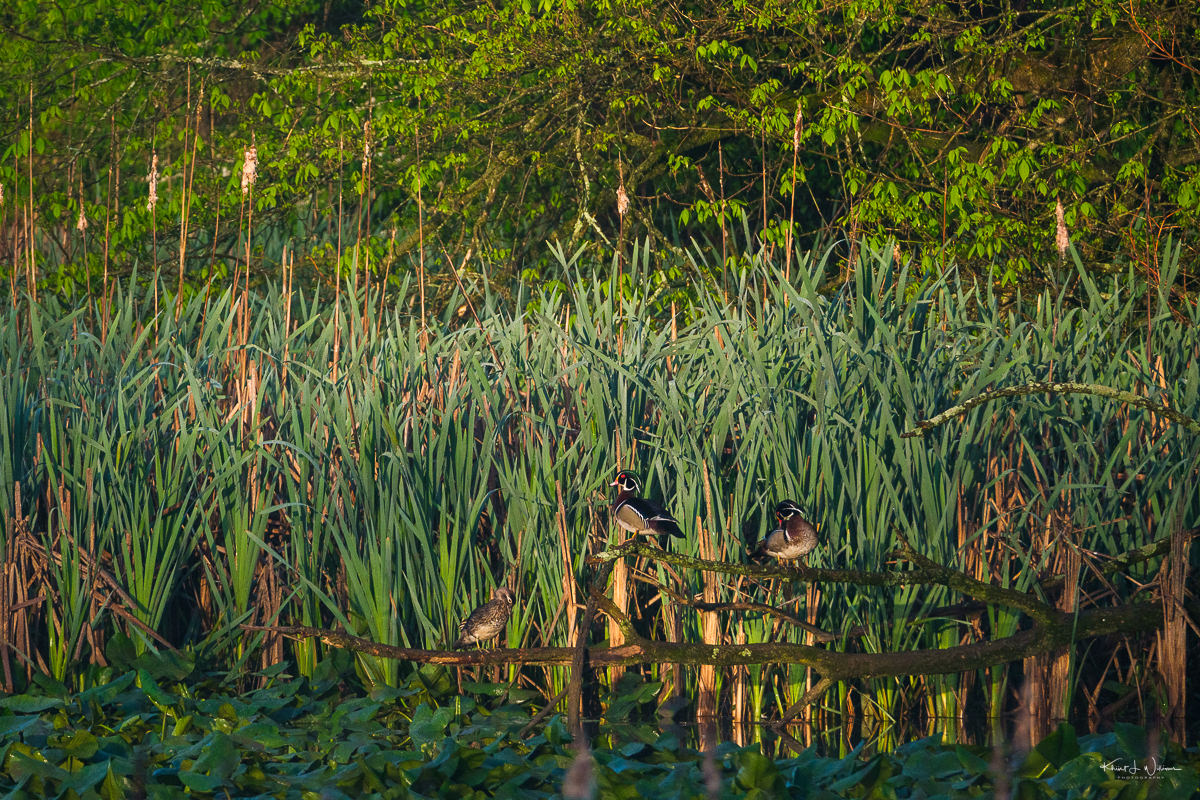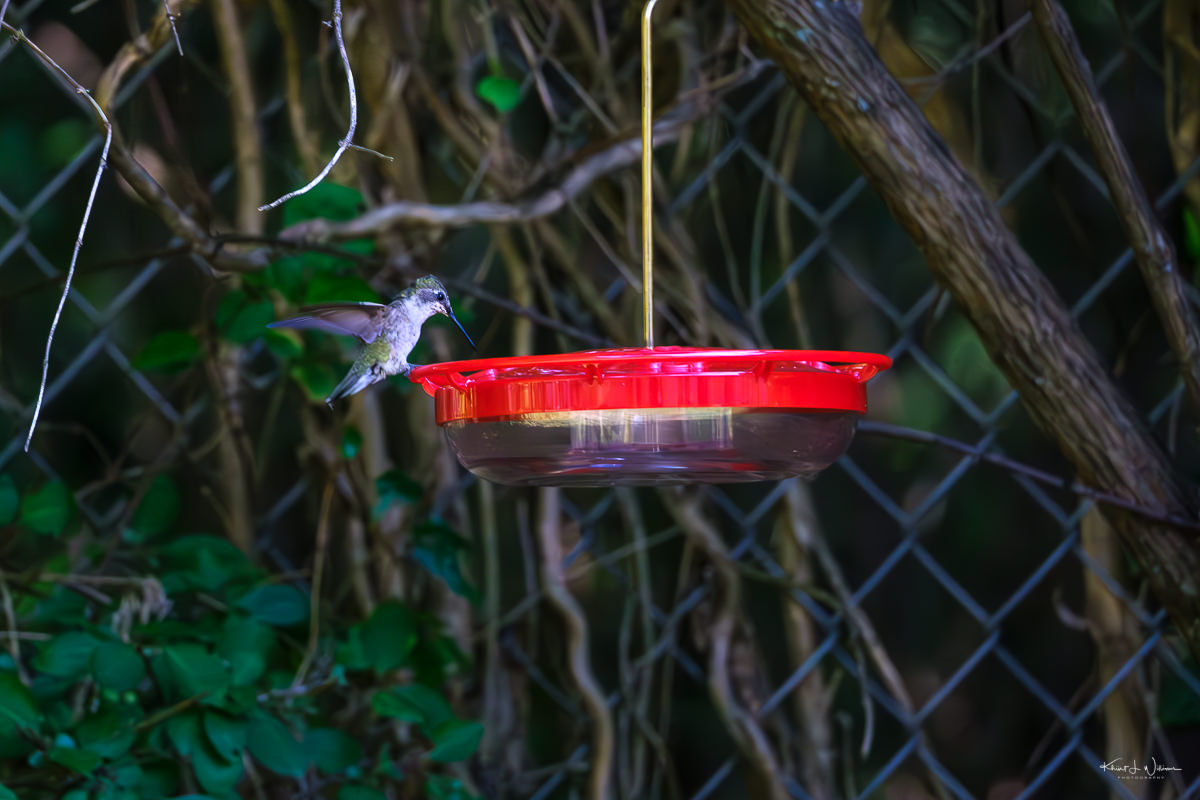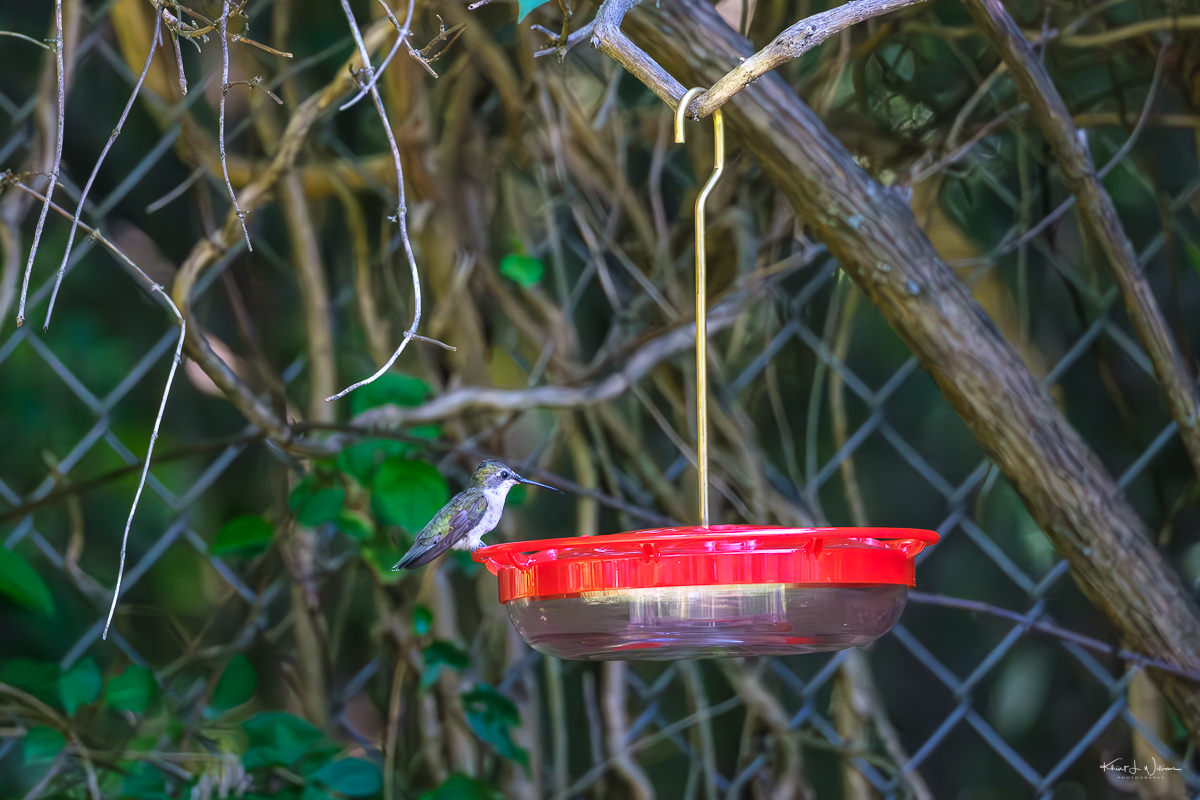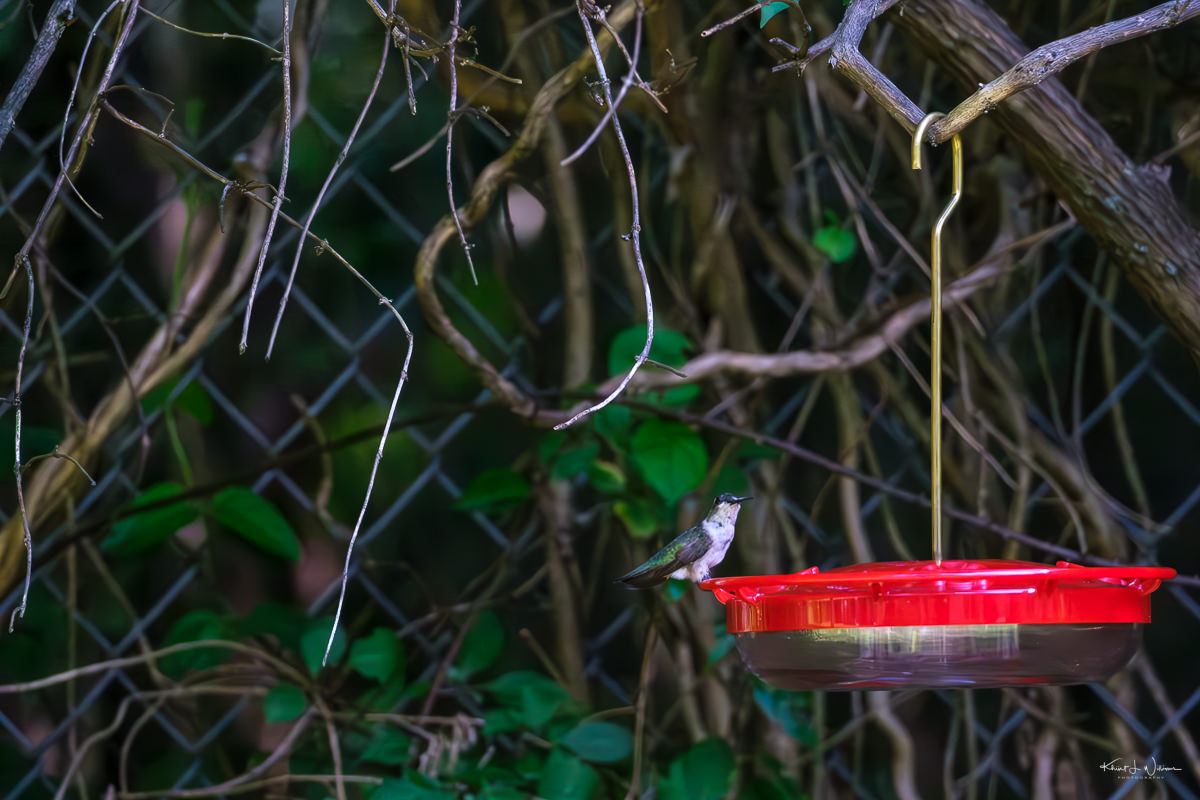After walking for 90 minutes on my field trip around The Beanery, I still had no bird photographs. Despite the group's enthusiasm, I started to feel that I had wasted my time. I wanted to quit the tour, leave the group, and return to the car. However, I didn't relish telling Bhavna we had driven two hours in the rain to return home empty-handed. We heard trills and high-pitched chips as we approached a pond near one of the farm buildings. We could see rapid movement in the vines growing on the other side of the pond. Someone called out, with a surprisingly disappointing voice, that we were looking at Yellow-rumped warblers. Finally!
The Yellow-rumped Warbler (Setophaga coronata) is a well-known bird species. Yellow-rumped Warbler species exhibit sexual dimorphism, meaning males and females have distinct appearances. While editing my photos, I realised that I had photographed females only. Female Yellow-rumped Warblers are referred to as "Myrtle."
Like most warblers, Yellow-rumped warblers are primarily insectivorous during the breeding season, feasting on insects and other invertebrates. Pond flies were buzzing around the pond as I photographed the birds hopping between the leaves of the thick vines and the branches of the dead shrubs near me.
The Yellow-rumped Warbler plumage provides camouflage in various environments where the warbler lives. During the breeding season, Myrtle females have grayish-olive upperparts with streaks on their back and wings. Their throats and undersides are pale yellow. However, the prominent feature of Yellow-rumped Warblers is the yellow patch on their rump. The colour is more subdued in females than males but still noticeable.
After the early morning disappointment, seeing these Yellow-rumped Warblers in their natural habitat was rewarding.
